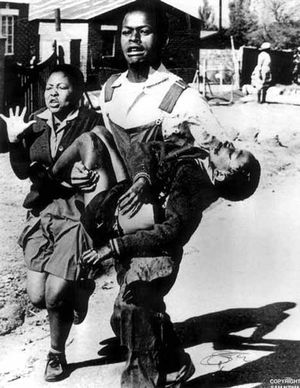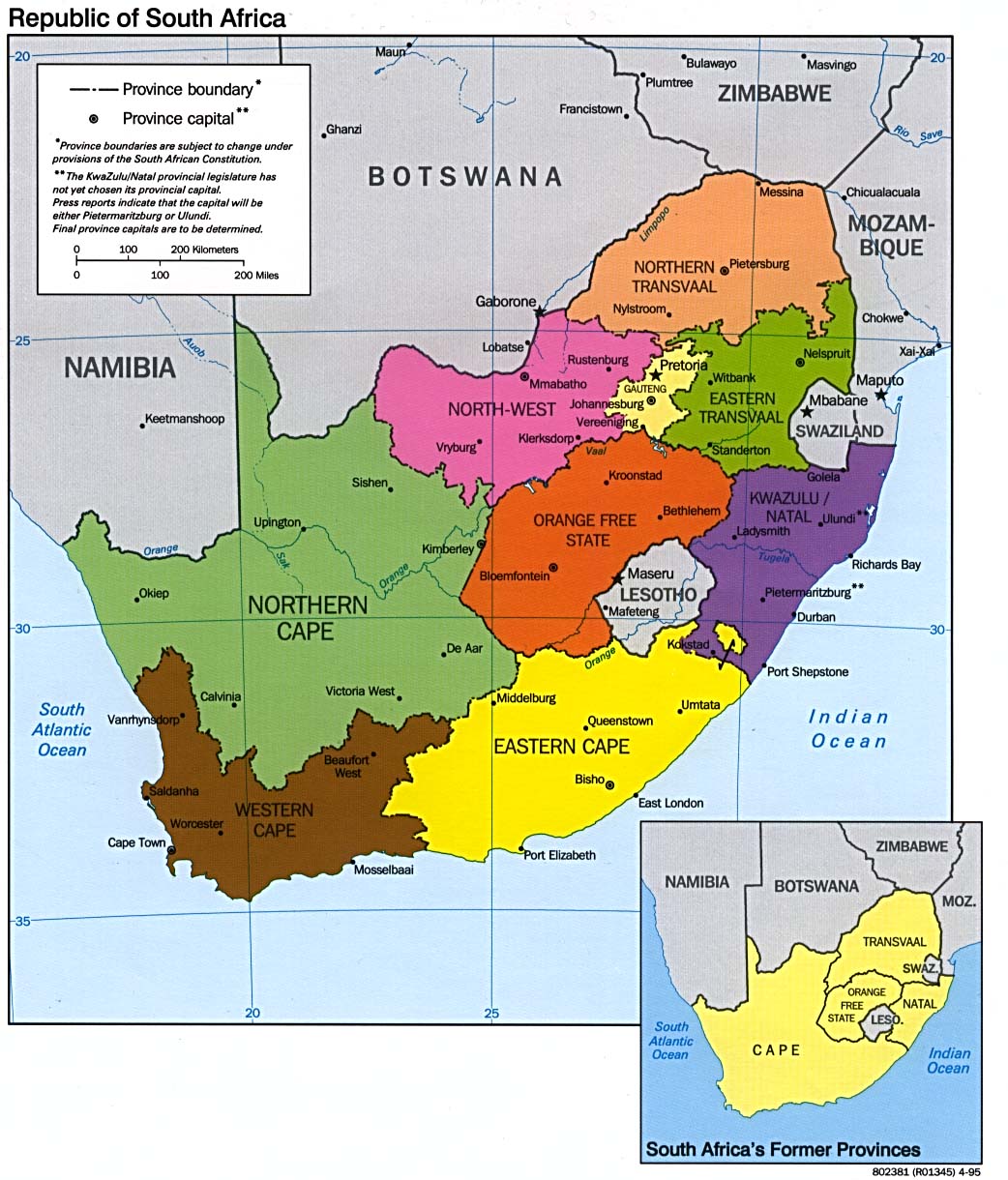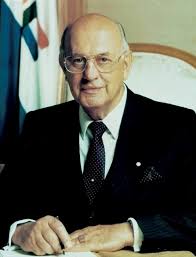What was the nature of the civil society resistance after the 1960s?
During the 1960s and the 1980s South Africa was ruled by the National Party. The NP government imposed the apartheid system and could only be voted for by white people. The apartheid system was greatly criticised by the overseas community and was also strongly opposed by resistance movements like the 1976 Soweto Uprising and by underground movements which operated both in South Africa, and in other African countries these included the African National Congress (ANC).
 Hector Peterson carried by Mbuyisa Makhubo, besides them is Antoinette Sithole. Image source
Hector Peterson carried by Mbuyisa Makhubo, besides them is Antoinette Sithole. Image source
The challenge of Black Consciousness to the Apartheid state
See: http://www.sahistory.org.za/article/black-consciousness-movement-bcm
The crisis of Apartheid in the 1980s
By the 1980s the apartheid system was beginning to weaken. It could no longer keep black people in their Bantu homelands or remove them from the white cities. The Bantu Homeland, sometimes referred to as the Bantustan, were pisions of areas of land that were given to Black People in South Africa and in Namibia (which was then the South West Africa and was administered by the South African government). The Bantu Homelands were autonomous and ethnically homogenous. In South Africa, the Bantustans made-up only 13% of South Africa in terms of territory , they were Venda, Bophuthatswana, Transkei and Ciskei. In Namibia they were East Caprivi, Ovamboland, and Kanagoland.
 A map of South Africa. Image source
A map of South Africa. Image source
During apartheid in South Africa most Black people were not allowed into cities. They were required to remain in the homelands that they were allocated. In these Bantustans the living condition were poor, there were poor infrastructure, under resourced schools and poverty. Black people were refused political rights by the apartheid government.
On the other hand only white people could live in the cities. However, a minority of black people were allowed in the cities on condition that they worked there as labours and domestic workers. Even the Blacks who worked in the cities were still allocated their hostels and Ghettos outside the cities.
The apartheid government then realised that both Black and white needed each other. Black people needed employment and white people needed labour in order to increase productivity and boost the economy, which was in crisis due to factors linked with apartheid (this is explained later). This resulted to the influx of black people to the cities in search of jobs. It also caused an increase in labour force to the cities which led to the formation and later rapid growth of labour movements.
In the 1980s the apartheid government, then led by P.W Botha , relatively began to relax some of the apartheid law. Botha scrapped apartheid legislations like the Pass laws . Although such subtly changes were made, the apartheid system still continued.
 P.W.Botha Image source
P.W.Botha Image source
The apartheid government then introduced a Tricameral Parliament that consisted of whites, Indians and coloureds. The Tricameral parliament received strong criticism from the Indian and coloured community, as the advisory councils that the coloureds and Indians were allowed gave them very little control.
What also pressured by external resistance the apartheid government were (i) anti-apartheid movements in in countries like Ireland, (ii) sanctions and economic restrictions against South Africa, where considerable amount of foreign investment was withdrawn from south Africa(iii) different campaigns around the world which demanded the release of Nelson Mandela , and (ii)help from other African countries who fought against apartheid.
Towards the 1990s the Apartheid government was feeling the pressure both from external and internal resistance. It began the negotiations about the future with Nelson Mandela, who was still in prison by then. It also held meetings with the then exiled African National Congress (ANC) members. These negotiations led to the ANC and the South African communist Party to be unbanned. The Bantustans were also abolished . Democracy in South Africa began.